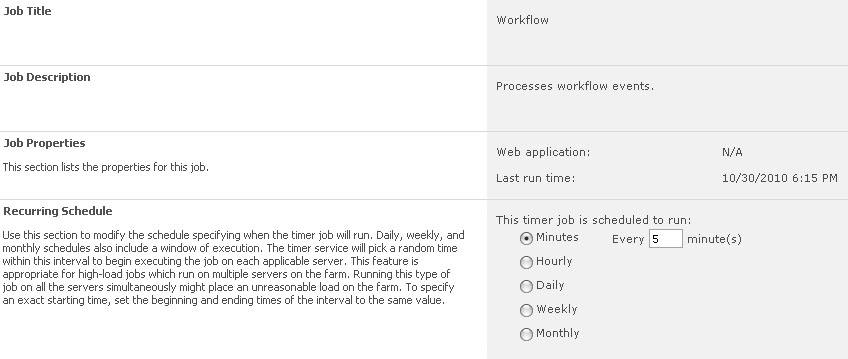

Set-SPLogLevel -TraceSeverity VerboseEx -Identity "Timer"Ĭlear the configuration cache on all servers where the workflow timer job is stuck and on the servers where Microsoft SharePoint Foundation Workflow Timer Service is started.

Set-SPLogLevel -TraceSeverity VerboseEx -Identity "Legacy Workflow Infrastructure" To do this, run the following commands in the SharePoint Management shell: Set-SPLogLevel -TraceSeverity Verbose
#WORKFLOW WRITEROOM TIMER FULL#
If the performance impact prevents full VerboseEx tracing, set the logging level for all categories to Verbose and the logging level for "Legacy Workflow Infrastructure" (or "Workflow Infrastructure" in SharePoint 2010) and "Timer" categories to VerboseEx.

We recommend that you restrict the duration to the minimum and reset the ULS logging level to the default value after the behavior has been reproduced by using Clear-SPLogLevel. Note This may cause performance issues on the farm. In the SharePoint Management shell, run the following command: Set-SPLogLevel -TraceSeverity VerboseEx Step 2: Set ULS logging level to VerboseEx To diagnose the issue quickly, consider stopping the Microsoft SharePoint Foundation Workflow Timer Service on all servers except one. Step 1: Restrict servers that run the workflow timer job (optional but highly recommended) After you verify that, work with the workflow owner to decide whether the workflow can be terminated or deleted. To fix the issue, first determine whether it's caused by a workflow definition that was introduced in the system or by a bad workflow instance. The most likely cause is a bad workflow instance.


 0 kommentar(er)
0 kommentar(er)
